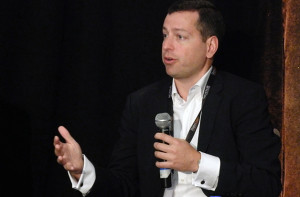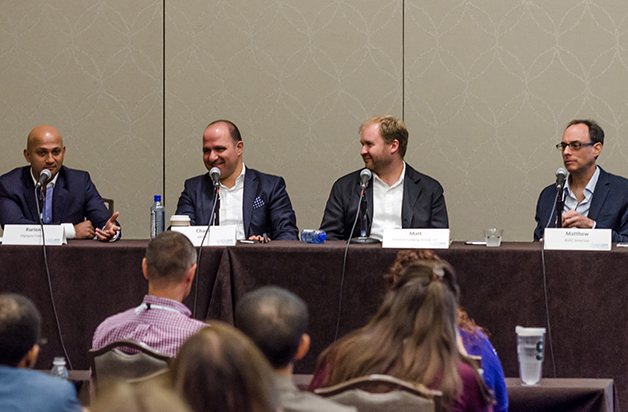Most hotel chains and many individual hotels have their own hotel apps – a small program for smart phones, which is supposed to facilitate the check-in process, provide additional information, replace the room key card, and eventually support and facilitate the next booking at the hotel.
But are apps really the ultimate solution? These small programs can easily turn into an expensive exercise and they have to be programmed for the various operating systems. Most importantly, an app should be embedded in a centralized guest-oriented IT structure.
The hotel business is often compared with the airlines business. This is, however, misleading, as frequent travelers – the target group hoteliers like to attract – mainly use the same airline. Surveys show, however, that this is not the case when it comes to choosing a hotel. On average, a frequent traveler has four loyalty cards from different hotel companies and eventually has to get used to several apps. Is this a client-oriented approach or just an IT trend, which managers cannot resist to follow?
At the beginning of the Internet age IBM’s slogan was “Jump in!”. But not the ones who just jumped in and followed the latest trends have become or are successful, but those who took some time to verify, analyze and then deliberately chose the right – client-focused – strategy.
On the one hand, an app has to suit the respective overall concept; on the other hand, it has to be accepted by the guests. This is the main difference between the OTAs that focus on the guest, and many hoteliers, who just love their product. The guest should always be in the focus. This rule is taught to every trainee or student in the first year of apprenticeship or studies.
The figures show that consumers increasingly consider apps as annoying. The result is that downloads are stagnating considering the increasing share of smart phones in the total market. Travel apps only come in seventh in the download ranking. There is not even a separate category for hotel apps.
For more:Â http://bit.ly/1OZ8AdN














  They found that bedbugs were at the top of people’s lists of concerns when picking a hotel. Further, if an actual bedbug was found—participants reported it as the number one reason they’d leave the hotel immediately.
 They found that bedbugs were at the top of people’s lists of concerns when picking a hotel. Further, if an actual bedbug was found—participants reported it as the number one reason they’d leave the hotel immediately.